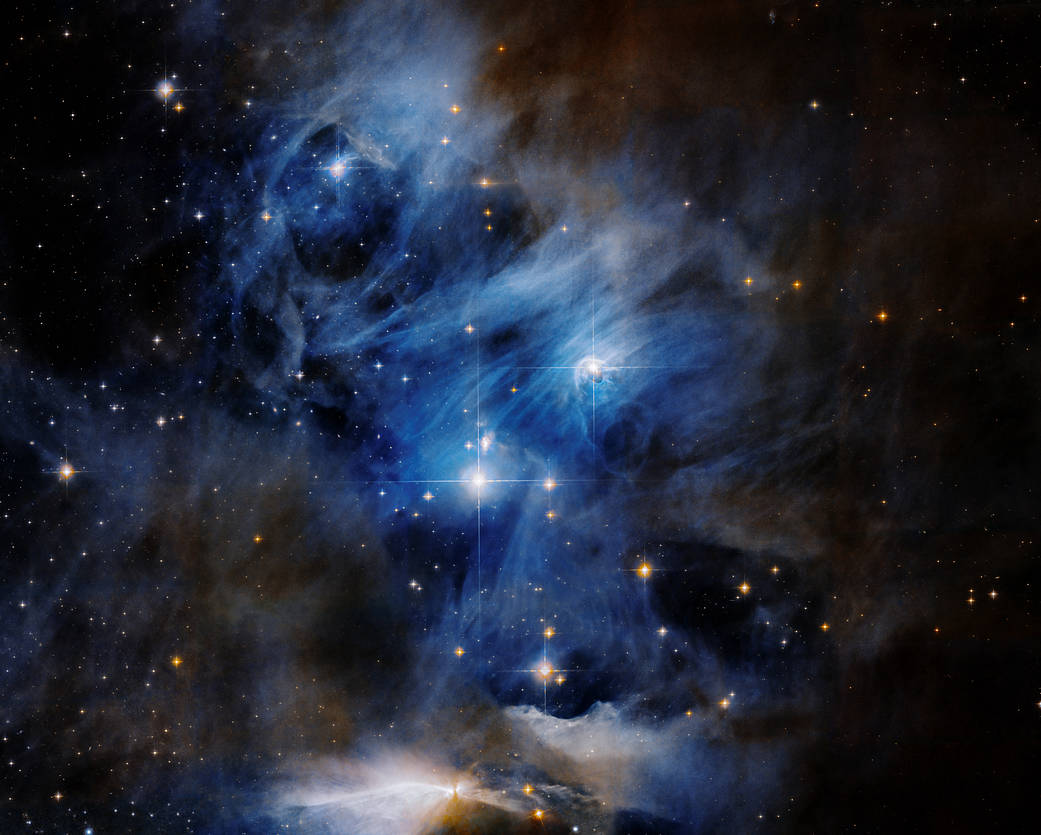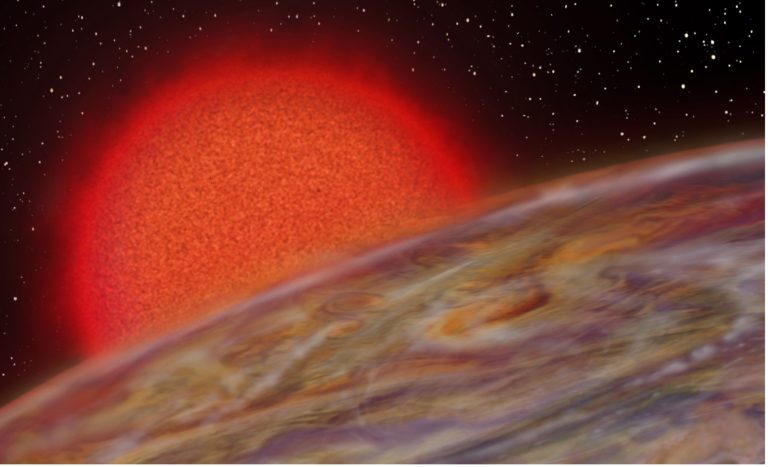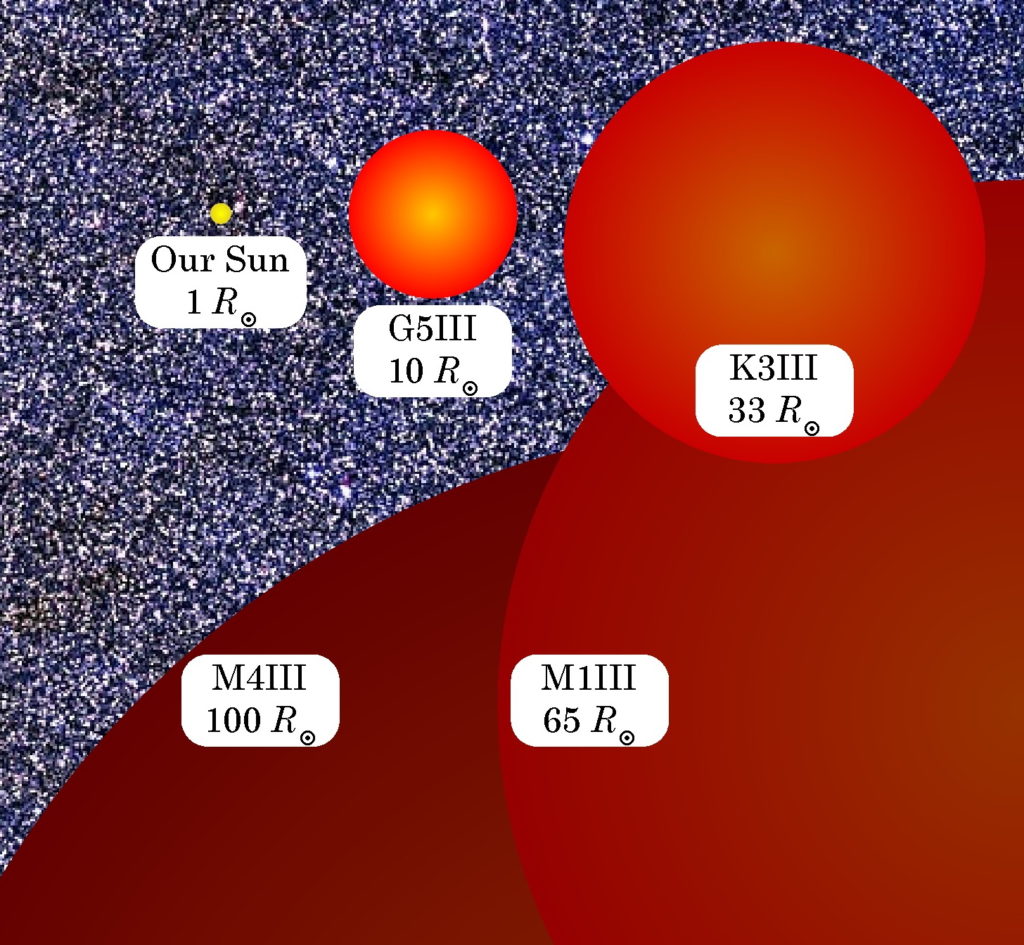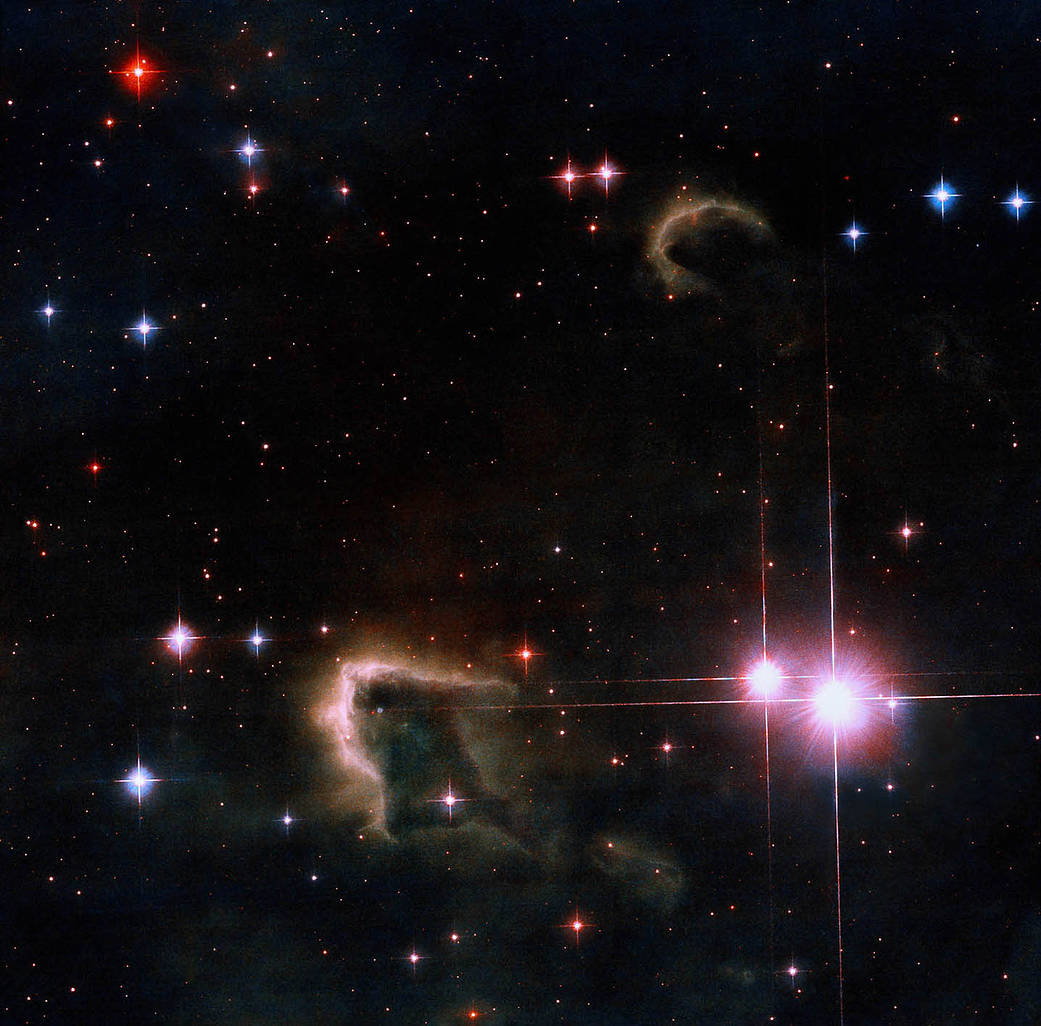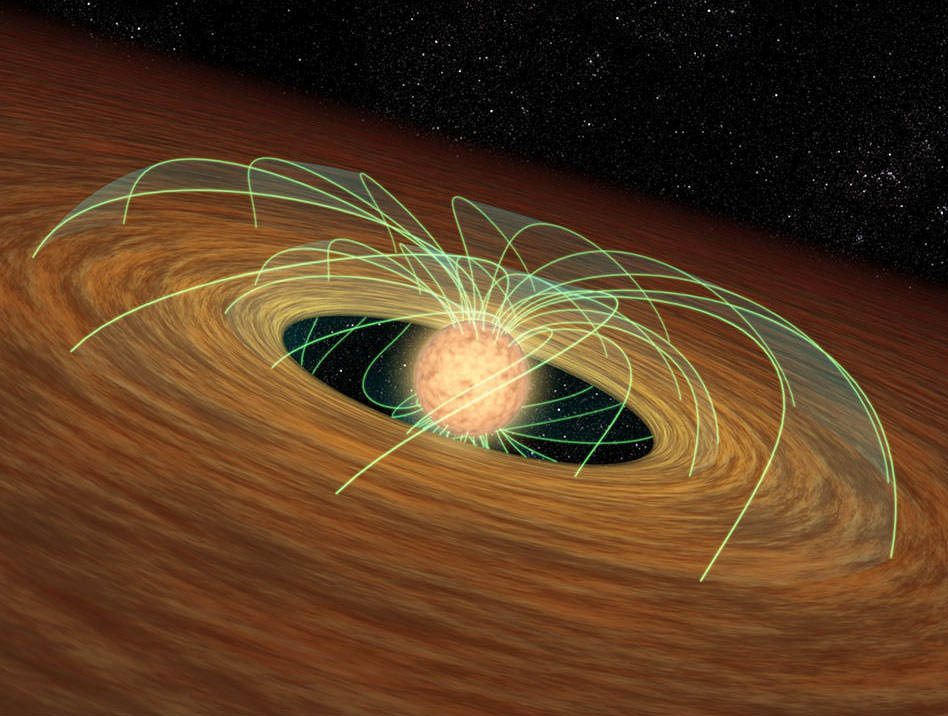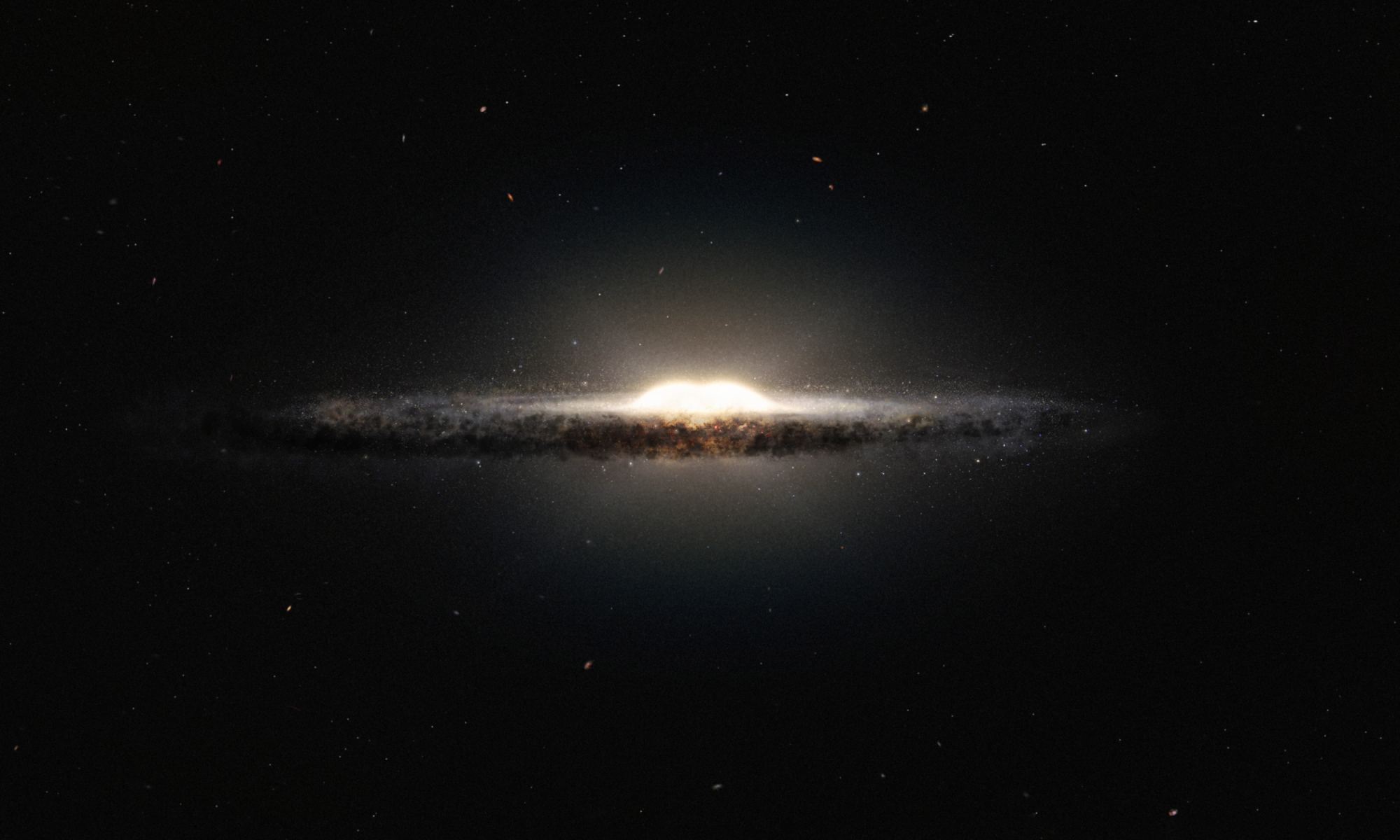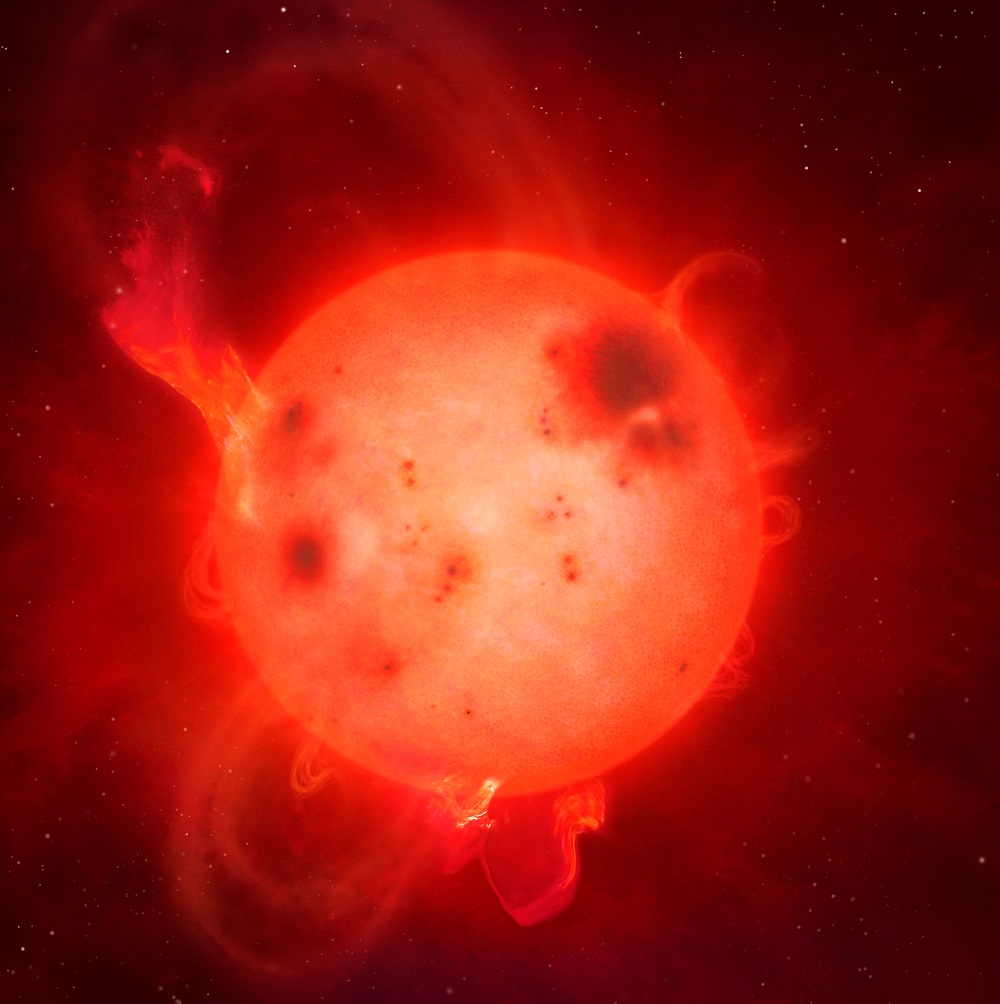When young stars coalesce out of a cloud of molecular hydrogen, a disk of leftover material called a protoplanetary disk surrounds them. This disk is where planets form, and astronomers are getting better at peering into those veiled environments and watching embryonic worlds take shape. But young stars aren’t the only stars with disks of raw material rotating around them.
Some old, dying stars also have disks. Can a second generation of planets form under those conditions?
Continue reading “A Second Generation of Planets can Form Around a Dying Star”

